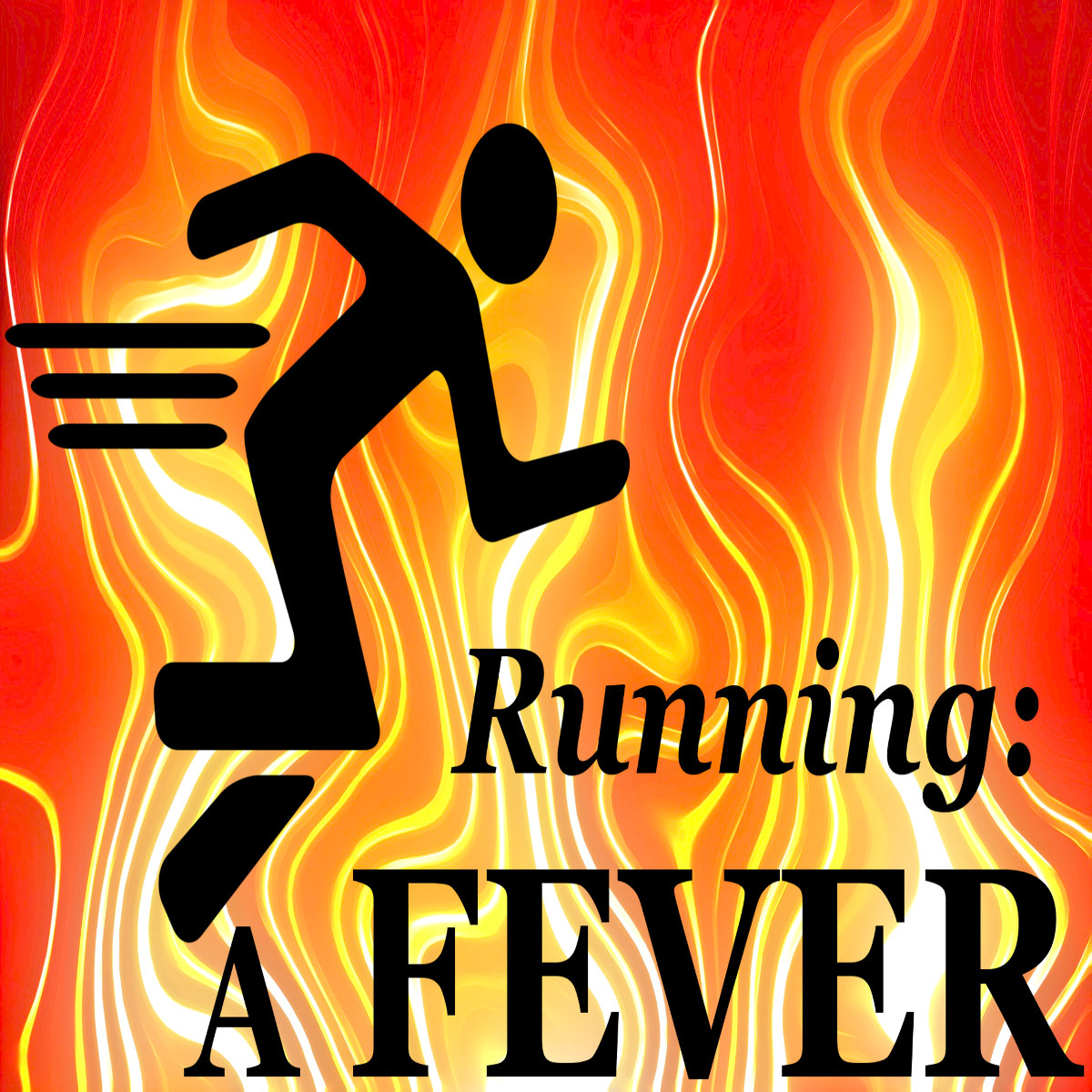Welcome to Running: A FEVER. My name is Michael Davis. This is a podcast about fitness, diet, and medicine. My goal is to live a long, healthy, happy, active life, right up to the very end. And I do that by loving my life enough to make it last as long as possible.
It’s #4 in our series on taking care of your teeth. The difference from what you may have heard before is that we are exploring the why and how of the problems that happen in the mouth. By that knowledge, I think we can understand the link between the causes and the solutions to provide a better plan for dental health. At least, that’s the plan.
In the last episode we discussed how diet impacts how healthy your mouth is. We have also mentioned dry mouth. In both of these topics, I find that there is what I call an ecosystem in the mouth, fostered by saliva and good bacteria. It protects your teeth and keeps things all copacetic in there. Eating and drinking and not treating a dry mouth disrupt this system and create an environment where destructive forces like acid and bad bacteria can thrive, and there goes the whole ballgame.
Today, we’re going to focus on that “ecosystem”, or a major part of it. It’s called biofilm. It’s not good or bad; it’s just there. It’s a bunch of bacteria and occasionally other living things that coat your teeth. These living things eat and drink what you eat and drink, and that’s how they survive. And what you eat and drink largely determines whether your biofilm is working for you or against you.
As an aside, my opinion is, if you’re not grossed out by all this you’re either a dental professional or something’s wrong with you. But I digress.
What makes biofilm lean toward bad? The top two issues are having too many microbes (bacteria and other small animals) and, more importantly, having an environment that helps unhealthy microbes thrive.
The problem of too many microbes appears as a lot of plaque and a fuzzy feeling on your teeth. Unfortunately, standard care does not help with this condition at all. Biofilm is strong because the microbes form bonds and build a sort of fabric. That’s why it’s called biofilm and not just bacteria.
By the way, while tap water has a neutral pH of 7, bottled water varies in its pH. So if you drink bottled water, be aware that it may be acidic and help bad microbes make themselves at home.
Your dentist can test for a high level of microbes by performing a CariScreen. This can help them make a plan to return your biofilm to balance. Everyone’s biofilm is different, so it’s important to get this information so the treatment can be accurate.
The treatment here may involve antimicrobials, but the big winner in preventing bad biofilm is arranging your eating and drinking so that you encourage the good microbes and discourage the bad ones. This is all about keeping your pH high.
Well, I’ve had about enough of this. It all makes me want to gargle with Windex. But it has been a learning experience for me, and hopefully for you. If you like the podcast, please subscribe on YouTube. I am doing a lot more video episodes, so you might want to check those out as well. I’m at YouTube.com/@runningafever. You can see my smiling face!
As always, if you’ve got the fever, keep it burning. And if you don’t, catch the fever! And I will see you next time on Running: A FEVER.
Reference:
Kutsch, V. Kim. Why Me? The unfair reason you get cavities and what to do about it. Anacortes, Washington: Soapbox Publishing, 2020.
